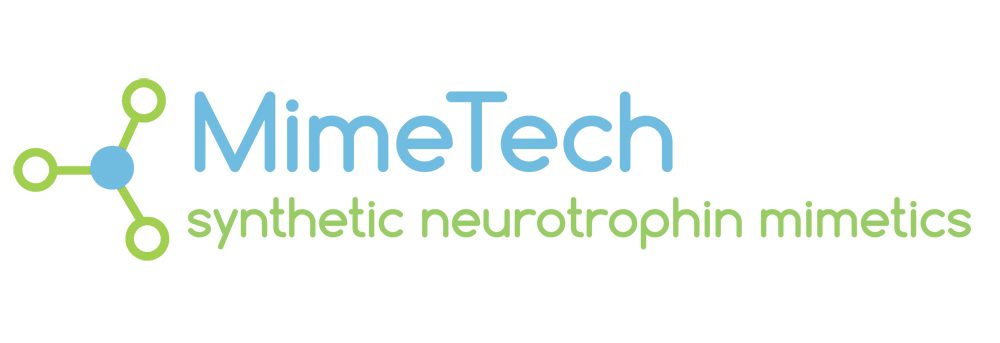Acute myocardial infarction (AMI), commonly known as a heart attack, occurs when blood flow in the coronary artery branch stops or is markedly reduced, causing damage to a part of the heart muscle. The mechanism may involve the complete blockage of a coronary artery, often caused by a rupture of an atherosclerotic plaque. Less commonly AMI is generated by coronary artery spasms, which may be due to diverse causes, including cocaine, significant emotional stress, and extreme cold, among others.
Worldwide, more than 7 million people each year have AMI. Although rates of MI for a given age have decreased globally between 1990 and 2010, still about one million people have an MI each year in the United States.
If impaired blood flow to the heart lasts long enough, it triggers a process called the ischemic cascade; the heart cells in the territory of the occluded coronary artery die, some rapidly through necrosis and other, subsequently, through Programmed Cell Death; the latter mechanism may build up to 80% of the infarct’s final size. Since muscle cells do not grow back, a collagen scar forms in their place; as a result, the person’s heart will be permanently damaged. This myocardial scarring also puts the person at risk for potentially life-threatening abnormal heart rhythm (arrhythmias) and may result in the formation of a ventricular aneurysm that can rupture with catastrophic consequences. It is clear therefore why AMI carries enormous personal, medical, and social costs.
Because of its ability to modulate the biochemical mechanisms of Programmed Cell Death, Udonitrectag reduces the overall physical size of the infarcted area and therefore preserves functional performances of the heart muscle. In a classic murine model of AMI, a single injection of Udonitrectag at the time of reperfusion is able to reduce the heart damage (infarct area/area at risk) by > 55% compared to controls. This translates into a highly significant improvement of fractional shortening, up to levels allowing autonomous daily activities.
The outcome of the latter studies indicates that also stroke might be successfully treated with Udonitrectag, particularly if the blood flow re-establishes in the occluded vessel, although specific in vivo studies were not performed so far.


